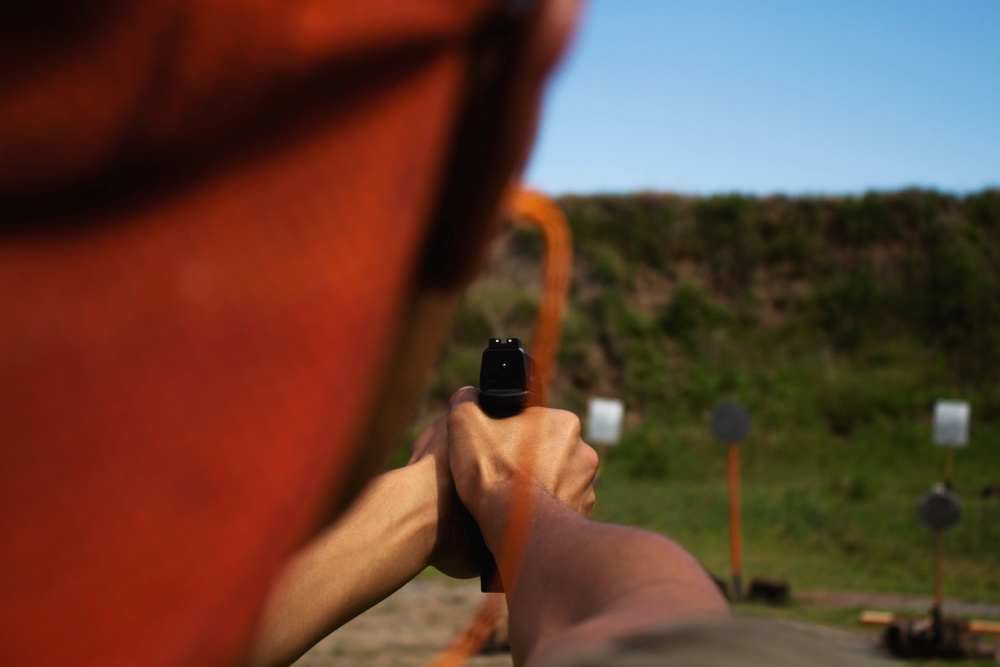
Though everyone hopes it will never happen, there may at some point come a time where one has to protect their own lives or the lives of their loved ones. If things get physical there is always the possibility of charges being brought against both parties but in many cases, self-defense can be used as a defense, even in situations that lead to fatalities. The problem however is it has to be justified and shown that this level of action needed to be taken otherwise you are in danger of facing steep consequences regardless of the reason. Here are things to know about when self-defense is not enough in a court of law.
Protecting your home
Many states have laws that allow a homeowner to protect their homes and property from aggressive threats even if it means fatal injury. This however comes with caveats. It must be proven that the actions were done in bad intent and that victim had reasonable belief that their life was in imminent danger. If a fatal incident occurs, there will absolutely be an investigation to see how everything occurred and if it is found that a life did not in fact need to be taken, the victim can still face murder charges.
What exactly does imminent danger mean?
Imminent danger essentially means that the situation at hand leaves no other option than to fight for your life. Whether this is with your hands or a weapon, someone is aggressively trying to harm and you have the right to take action to stop the attack. This is the main focus in self-defense cases and if shown no other options were available, it often leads to charges being dropped. For a victim to prove that they were in imminent danger the attacker needs to be the aggressor because if for any reason the victim may have started the escalation, it can really cause complications to this defense.
When the level of force is more than was necessary
Probably the most common way for a self-defense excuse to fail is if the courts or jury find that the level of force used against the attacker did not match the level of threat brought upon the victim. Again, if the victim starts the escalation it can sometimes lead to the victim being viewed as the aggressor thus taking away a solid self-defense case but another way the aggressive action can still lead to charges even if it was for protective measures is if the amount of force was too much. For example, if someone enters your property and you are able to tase them or shoot them in the leg and they are no longer a threat then shooting them dead would be excessive force and could lead to murder charges. Another example is any situation where you are attacking from the back of the person. This will make it difficult to say that there was a force coming your way and thus deter and self-defense claim.
To sum up, self-defense is still a vital defense and more time than not when force is used to stop a threat, it will most likely protect the victim from charges but its important that even in a scary and fast situation, that you keep your head and only do what is necessary to stop the threat and avoid any probability that other will find the force excessive or unneeded.



